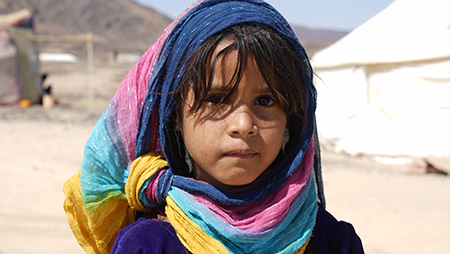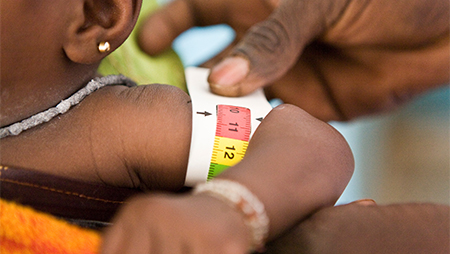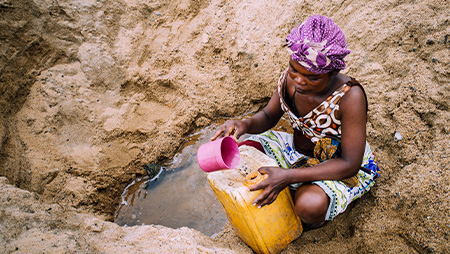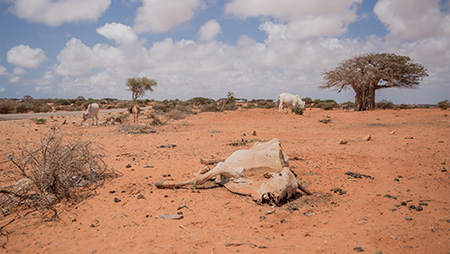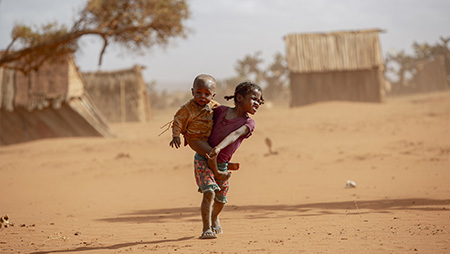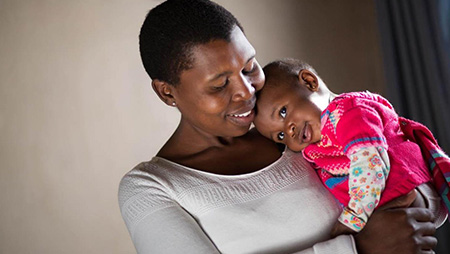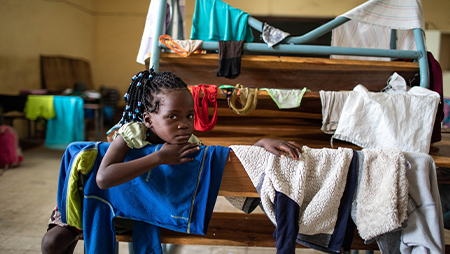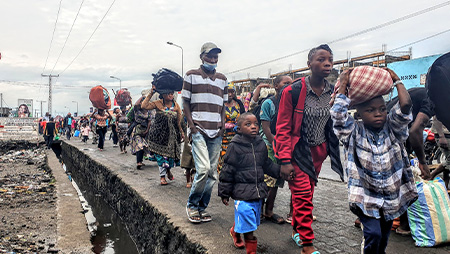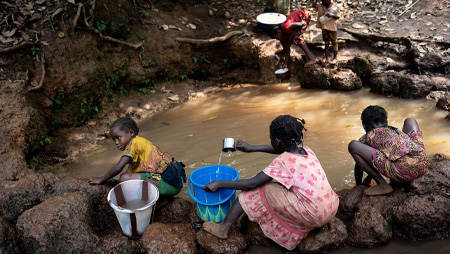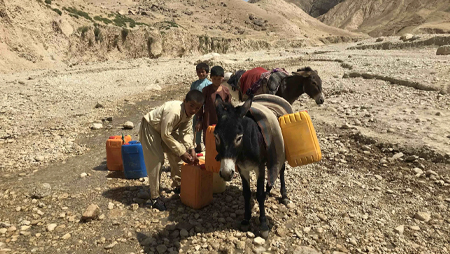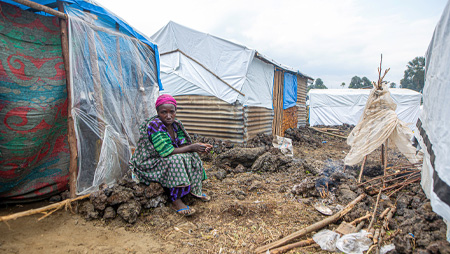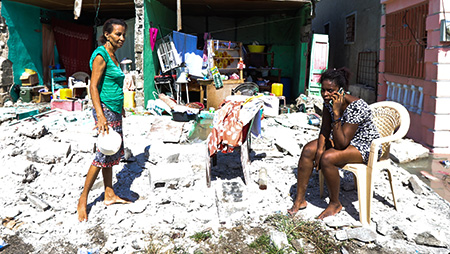Countries In Focus
Yemen: 17 million people experiencing high levels of acute food insecurity, 2.2 million children acutely malnourished due to conflict, economic shocks & lack of humanitarian assistance
The acute food insecurity and malnutrition situation in Yemen has deteriorated further in 2022, with 17.4 million people (IPC Phase 3 and above) in need of assistance as of now, increasing to 19 million starting June to the end of the year.
Mali: over 1.2 million children under five likely acutely malnourished through august 2022
An IPC Acute Malnutrition analysis of Mali revealed that over 1.2 million children under the age of five will likely be acutely malnourished through August 2022, due to high levels of food insecurity and diseases.
SADC Region: 36 million people in ten countries highly food insecure due to conflict, drought and the COVID-19 pandemic
Millions of people continue to experience high levels of acute food insecurity in the Southern African Development Community (SADC) region, exacerbated by conflict, drought, the COVID-19 pandemic and economic decline.
Somalia: More than 4.1 million people face acute food insecurity Crisis (IPC Phase 3)
Over 4.1 million people across Somalia, or 26 percent of the total population, need urgent humanitarian food assistance to prevent food consumption gaps or the accelerated depletion of livelihood assets indicative of Crisis (IPC Phase 3) or worse outcomes through mid-2022.
Southern Madagascar: Despite interventions, 1.64 million people highly food insecure; over 300,000 children also likely acutely malnourished
Lorem ipsum dolor sit amet, consectetur adipiscing elit, sed do eiusmod tempor incididunt ut labore et dolore magna aliqua. Ut enim ad minim veniam, quis nostrud exercitation
Nigeria: Over 1.7 million children under five likely acutely malnourished in the north east
The humanitarian crisis in North East Nigeria has become protracted, with conflict leading to widespread displacement, destroyed infrastructure and collapsed basic social services.
Mozambique: Nearly 1.9 million people highly food insecure due to conflict, low rainfall and high food prices
For the current period (November 2021 to March 2022), which coincides with the lean season, approximately 1.9 million people are estimated to be in high levels of acute food insecurity (IPC Phase 3 or above) in the urban and rural areas of Mozambique that were analysed, and are in need of humanitarian assistance.
Democratic Republic of Congo: 27 million people highly food insecure, 857,000 children and 468,000 women likely suffering from acute malnutrition
Around 27 million people in the Democratic Republic of Congo (DRC) are experiencing high levels of acute food insecurity (IPC Phase 3 or above) between September and December 2021.
Central African Republic: Persistent acute food insecurity and malnutrition caused by insecurity
Central African Republic (CAR) is one of the poorest countries in the world, hostage to a prolonged humanitarian crisis. Nearly half of the people experience high acute food insecurity, with thousands of children and women severely malnourished, due to several factors, such as the socio-economic effects of the COVID-19 pandemic.
Afghanistan: nearly 19 millions Afghans highly food insecure due to drought, conflict & economic collapse
Afghanistan’s protracted food crisis has deepened and widened with a record high of nearly 19 million people experiencing high levels of acute food insecurity, classified in Crisis or Emergency (IPC Phases 3 or 4), between September and October 2021, due to a devastating combination of drought, conflict and economic collapse.
DR Congo: Nearly 900,000 children under five likely to be acutely malnourished through August 2022
The Democratic Republic of Congo (DRC) is experiencing one of the worst humanitarian crises in the world. More than five million people have been displaced, including three million children.
Haiti: 4.3 million people facing high acute food insecurity linked to earthquake, tropical storm and political instability
Haiti is the poorest country in the Caribbean and one of the most food insecure in the world, with some 60% of the population living in poverty.
Join our mailing list

